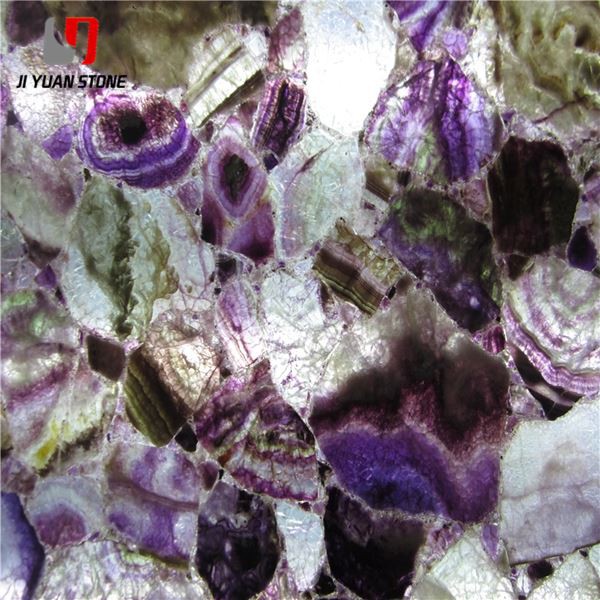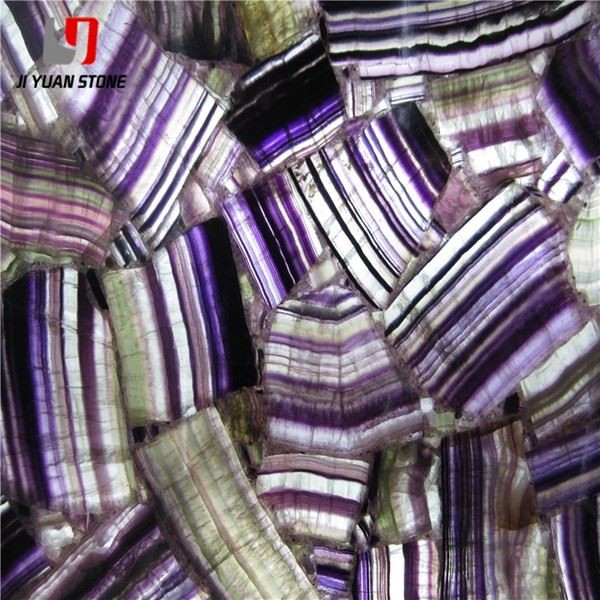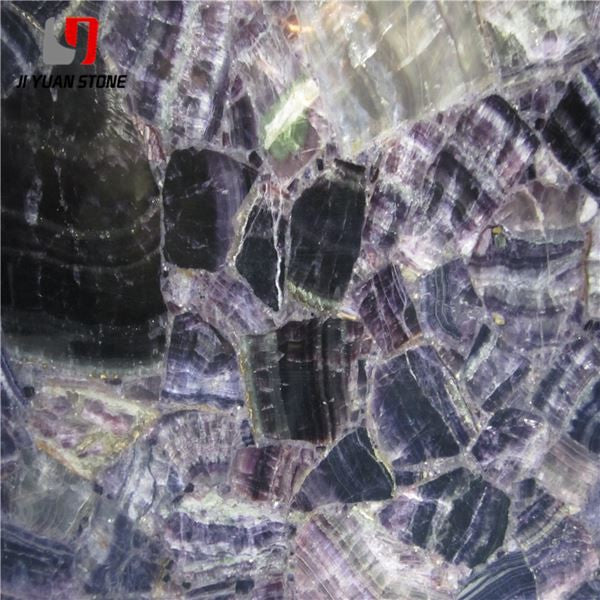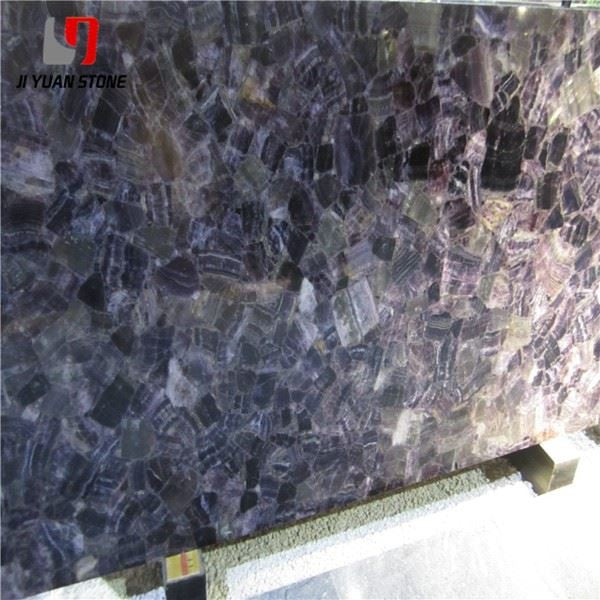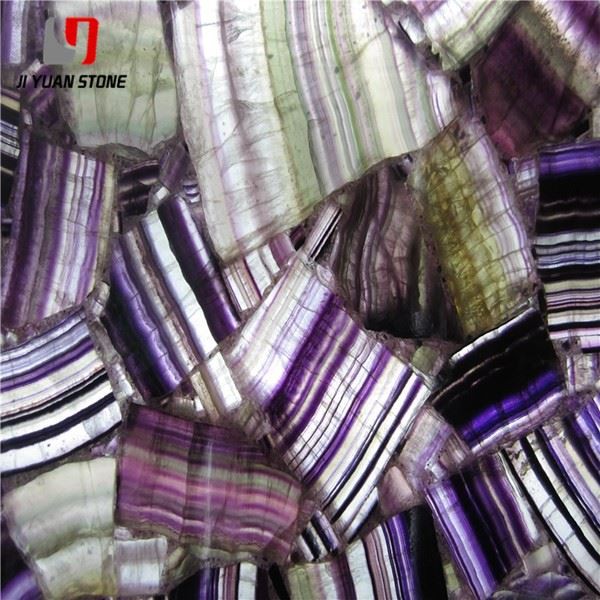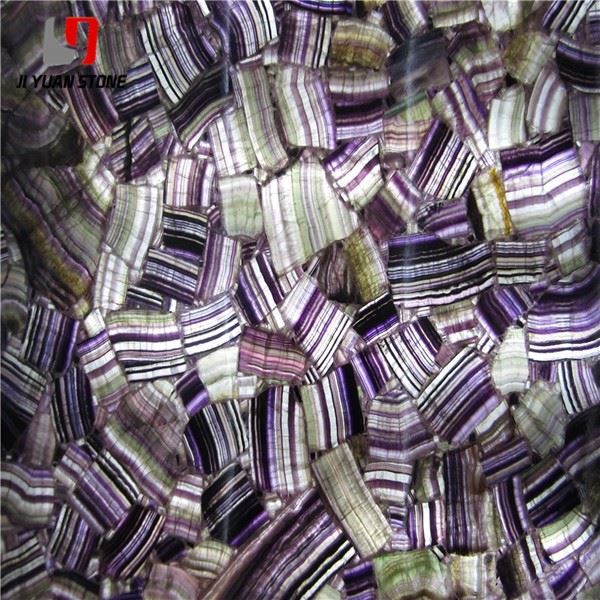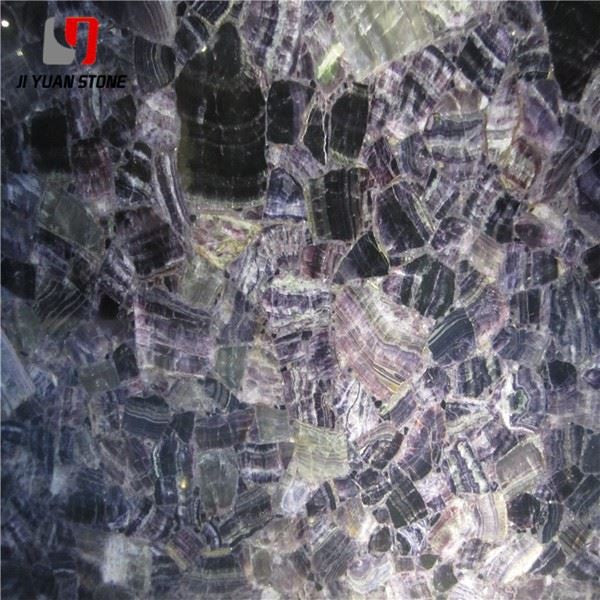Amethyst Stone Slab
Amethyst Stone Slab
Amethyst Stone Slab – Luxury Gemstone Slabs for Interiors & Tables
Crafted from natural amethyst stone, this stunning slab is the perfect addition to any home decor. With its beautiful purple hues and unique markings, the Amethyst Stone Slab is not only aesthetically pleasing, but also offers the potential benefits of promoting positive energy and calmness. Elevate your space with this one-of-a-kind piece.
| Feature | Details |
|---|---|
| Product Name | Amethyst Stone Slab |
| Material | 100% Agate |
| Surface Finished | Honed,Polished |
| Finished Products | Floor Tiles, Wall Cladding, Countertops, Windowsills, Special-Shaped Tiles, Small Slabs, Swimming Pool, Steps, Wall Panel, Flooring, Veneers, Slabs, Coping Tiles etc. |
| Color | Yellow,Black,White,Red,Purple Wood,Green,Grey,Pink,Rainbow,Pink,Tiger Eye etc |
| Size | Any sizes customized are welcome |
| Edge Available | Polished, Bush Hammer, Flat, Flamed, Eased, Beveled, Bullnose, Ogee, Cove, Dupont, laminated, non-laminated and etc. |
| Thickness | 10/15/18/20/25/30mm etc |
| Usage | Indoor/Outdoor Decoration, For floor or wall, Counter tops, Vanity tops |
| Packing | Seaworthy Wooden Crate |
Amethyst Stone Slab is a premium decorative surface crafted from natural semi-precious gemstones. Known for its deep purple hues, crystal-like patterns, and unique textures, it is one of the most luxurious choices for countertops, dining tables, vanity tops, wall cladding, and feature walls. Combining natural elegance with durability, Amethyst Stone Slabs bring sophistication to luxury homes, hotels, and commercial spaces.
Why Choose Amethyst Stone Slabs?
- Natural Beauty – Each slab is one-of-a-kind, featuring gemstone patterns formed over millions of years.
- Versatility – Perfect for kitchen countertops, dining tables, coffee tables, wall cladding, and artistic installations.
- Durability – Resistant to scratches, daily wear, and moisture, ensuring long-lasting performance.
- Timeless Luxury – A favorite among architects and designers for both classic and modern interiors.
Understanding Stone Thickness in Construction and Decoration
When choosing natural stone slabs for decoration or construction, thickness plays a vital role in safety, durability, and visual appeal. Different materials such as amethyst stone slabs, marble, and granite have varying physical and chemical properties that must be considered.
1. Variations in Stone Materials and Thickness
- Natural amethyst slabs and granite differ in strength and density.
- Various types of marble also offer unique benefits and drawbacks.
- While 20mm thickness may work for certain stones, others may require adjustments.
- The thickness must always match the stone’s properties to guarantee strength and safe usage.
2. Floor vs. Wall Stone Thickness
A. Floor Stone Requirements
- Floor stones must be at least 5mm thicker than wall stones.
- Floors endure heavy foot traffic and constant impact.
- Using slabs thinner than 16.5mm in public spaces increases the risk of cracks and early damage.
B. Wall Stone Considerations
- Wall cladding faces less stress compared to flooring.
- Designers sometimes use the same thickness for both, which compromises floor durability.
- Correct thickness ensures both structural safety and longevity.
3. Key Takeaways
- Different stone types require tailored thickness levels.
- Floors should always use thicker slabs than walls.
- Public spaces must avoid thin slabs (<16.5mm) to ensure long-term durability.
- Choosing the right stone thickness guarantees safety, strength, and lasting beauty.
Applications of Amethyst Stone Slabs
- Dining & Coffee Tables – Transform your interiors with a striking centerpiece.
- Countertops & Vanity Tops – Combine function with high-end design.
- Wall Cladding & Feature Walls – Add luxury and depth to living spaces.
- Hotel & Commercial Interiors – Ideal for reception desks, lobbies, and upscale restaurants.
Amethyst Stone Slabs are more than decorative elements—they are a fusion of nature, artistry, and craftsmanship. With their natural translucency, they can even be backlit to create a dramatic, glowing effect, perfect for modern luxury interiors.
Bring home the brilliance of Amethyst Stone Slabs and experience interiors that combine the richness of nature with lasting durability and timeless elegance.
Share
